10 Best Herbal Tinctures For Nerve Pain
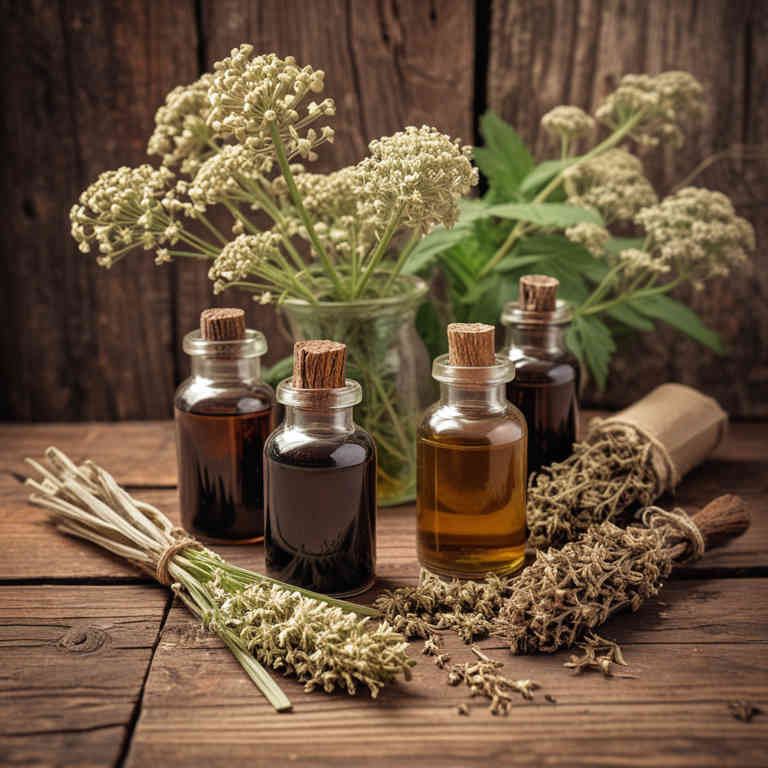
Herbal tinctures for nerve pain are concentrated liquid extracts made by soaking plant materials in alcohol or glycerin, which allows for the extraction of active compounds that may help alleviate discomfort.
Common herbs used in these tinctures include valerian root, skullcap, and St. John’s wort, all of which are known for their calming and anti-inflammatory properties. These tinctures are often preferred for their ease of use and potential for targeted relief, as they can be taken in small doses to manage symptoms without the need for prolonged oral medication. However, they should be used with caution, as some herbs may interact with other medications or have side effects, especially when taken in high doses.
It is advisable to consult a healthcare professional before starting any herbal treatment for nerve pain to ensure safety and effectiveness.
FREE COURSE
How to make medicinal herbal tinctures for common ailments at home and in a weekend (using the Healing Drops System).

Table of Contents
1. Hypericum perforatum
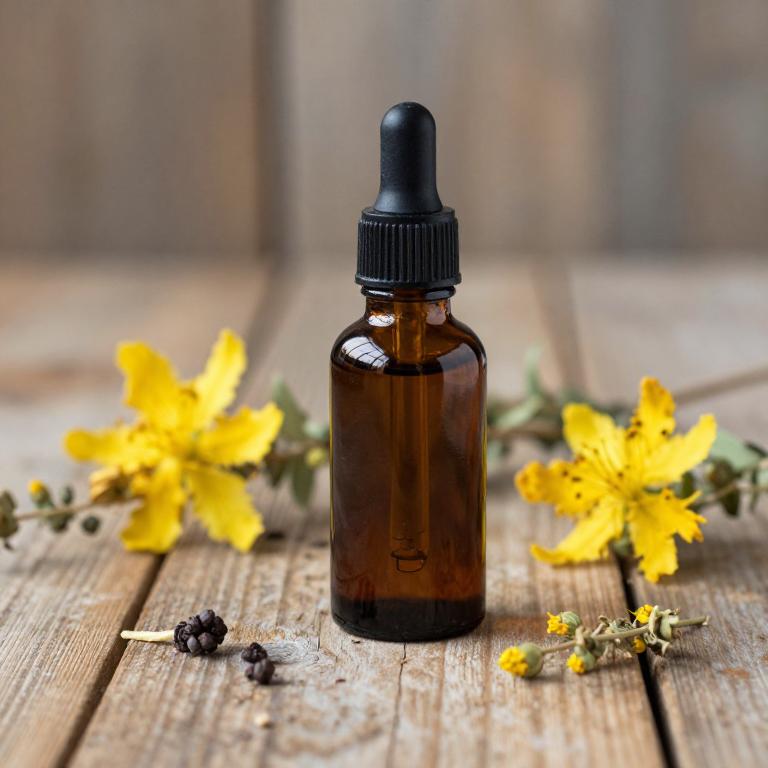
Hypericum perforatum, commonly known as St. John's Wort, is a herbal remedy that has been traditionally used for its potential therapeutic effects on nerve pain.
When prepared as a tincture, it is often used to support the nervous system and may help alleviate symptoms associated with conditions like neuropathy. The active compounds in hypericum perforatum, such as hypericin and hyperforin, are believed to have anti-inflammatory and neuroprotective properties that may contribute to its efficacy. Tinctures of this herb are typically made by soaking the dried plant material in alcohol, allowing for a concentrated form that can be easily absorbed into the bloodstream.
While some studies suggest its potential benefits for nerve pain, it is important to consult a healthcare professional before use, as it may interact with certain medications.
2. Arnica montana
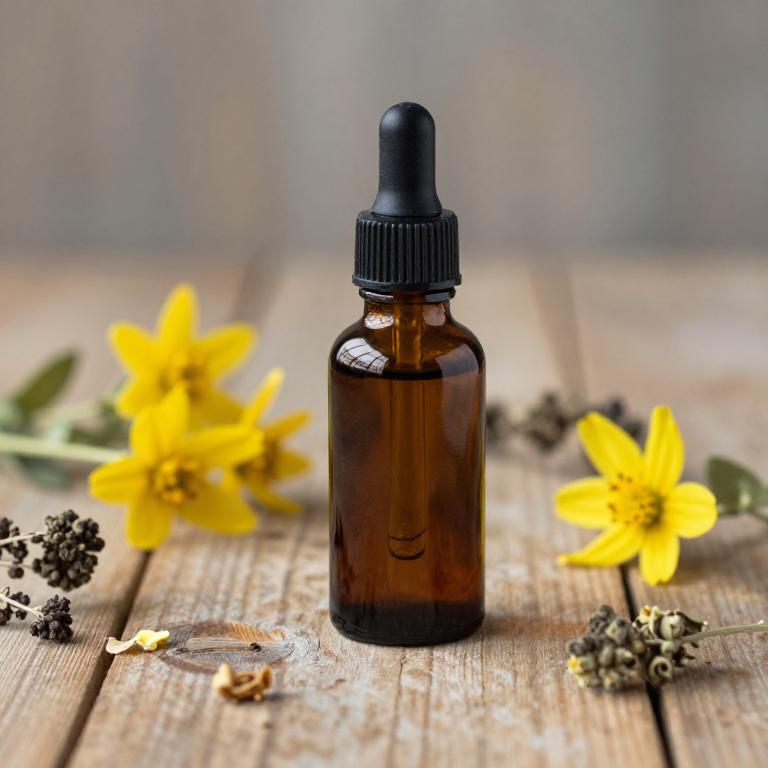
Arnica montana herbal tinctures are traditionally used to alleviate nerve pain due to their anti-inflammatory and analgesic properties.
These tinctures are typically made by extracting the dried flowers of the Arnica montana plant with alcohol, resulting in a potent topical remedy. They are often applied directly to the skin over painful areas to reduce inflammation and promote healing. While generally considered safe when used externally, they should not be ingested and may cause skin irritation in some individuals.
Arnica montana tinctures are commonly used in alternative medicine for conditions like sciatica, neuropathy, and muscle soreness.
3. Vitex agnus-castus

Vitex agnus-castus, commonly known as chasteberry, has been traditionally used in herbal medicine for its potential benefits in alleviating nerve pain.
Its tincture form is often utilized for its ability to support hormonal balance, which can indirectly influence nerve function and pain perception. While scientific evidence is limited, some studies suggest that vitex may have anti-inflammatory and analgesic properties that could contribute to pain relief. It is typically taken in small doses, often diluted in water or alcohol, and is considered safe for most adults when used as directed.
However, it is important to consult with a healthcare professional before using vitex tinctures, especially for individuals with existing medical conditions or those taking other medications.
4. Ginkgo biloba
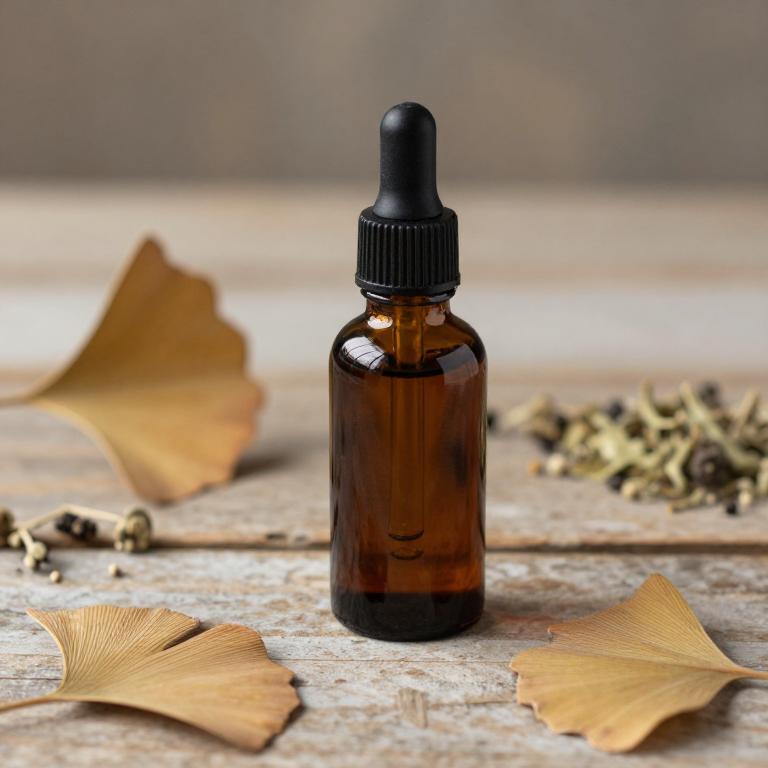
Ginkgo biloba herbal tinctures are derived from the leaves of the ancient ginkgo tree, known for their rich content of flavonoids and terpenoids, which are believed to support circulatory and neurological health.
These tinctures are often used as a complementary therapy for nerve pain, such as that associated with conditions like neuropathy, due to their potential to improve blood flow and reduce oxidative stress. The active compounds in ginkgo biloba may help enhance nerve function and alleviate discomfort by promoting better oxygen and nutrient delivery to nerve cells. While some studies suggest possible benefits, more rigorous clinical trials are needed to confirm its efficacy for nerve pain.
As with any herbal remedy, it is important to consult with a healthcare professional before use, especially if taking other medications or experiencing chronic health conditions.
5. Capsicum annuum
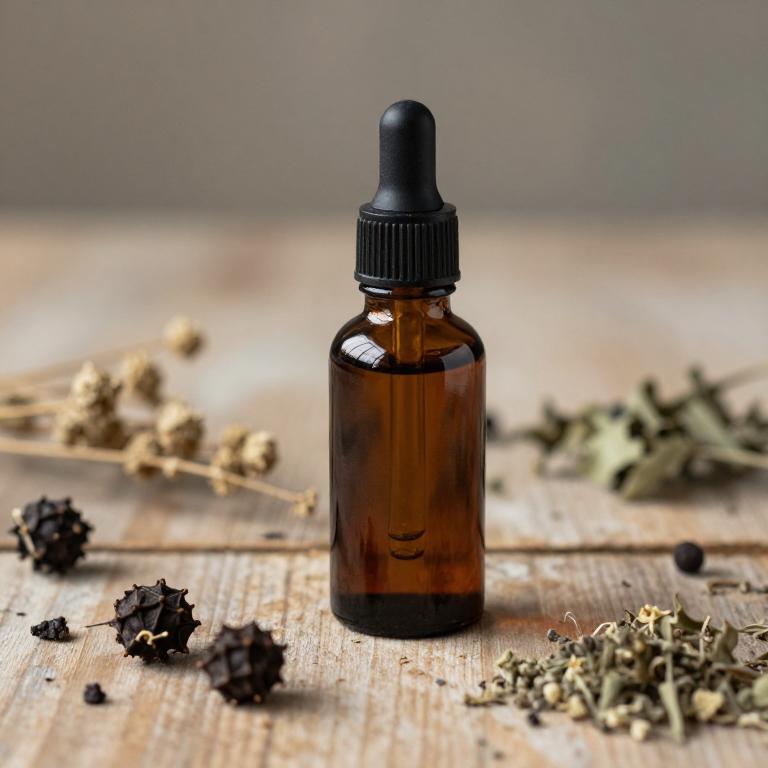
Capsicum annuum, commonly known as bell pepper or chili pepper, is used to prepare herbal tinctures that may help alleviate nerve pain.
These tinctures are typically made by soaking dried capsicum fruit in alcohol, allowing the active compounds, such as capsaicin, to extract into the solution. Capsaicin is a potent analgesic that works by depleting substance P, a neurotransmitter responsible for transmitting pain signals. When applied topically, capsicum annuum tinctures can reduce inflammation and provide localized pain relief for conditions like neuropathy or arthritis.
However, due to its strong irritant properties, it should be used with caution and under the guidance of a healthcare professional.
6. Echinacea purpurea
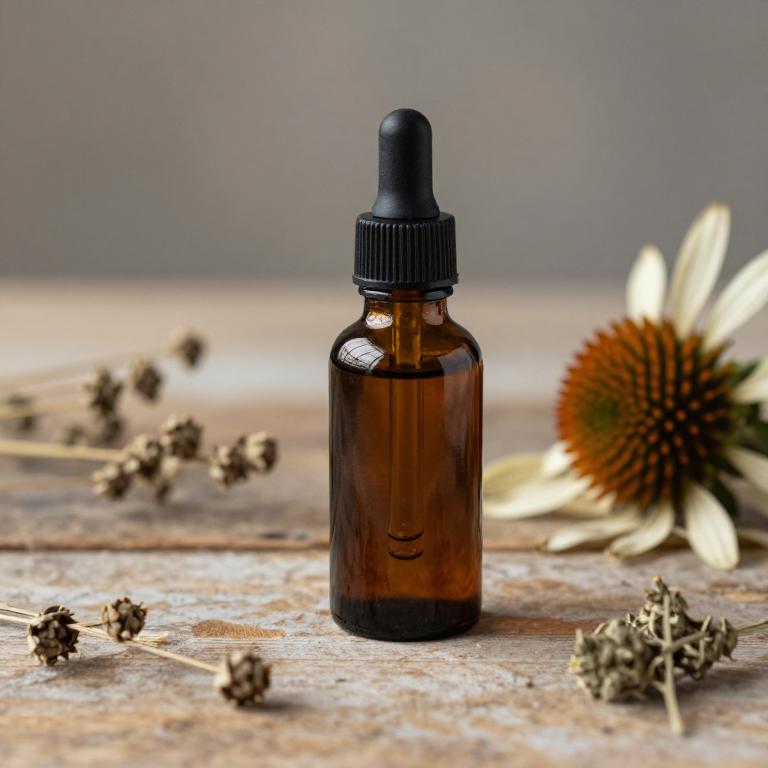
Echinacea purpurea herbal tinctures are traditionally used for their immune-boosting properties, but recent research suggests they may also offer potential benefits for nerve pain.
The active compounds in echinacea, such as alkamides and caffeic acid derivatives, may help reduce inflammation and oxidative stress, which are often associated with neuropathic pain. While clinical evidence is still emerging, some studies indicate that echinacea tinctures could support nerve health by modulating inflammatory responses. These tinctures are typically prepared by soaking dried echinacea in alcohol, allowing for easy absorption of its bioactive components.
As with any herbal remedy, it is important to consult a healthcare provider before using echinacea tinctures, especially for individuals with existing medical conditions or those taking other medications.
7. Salvia officinalis
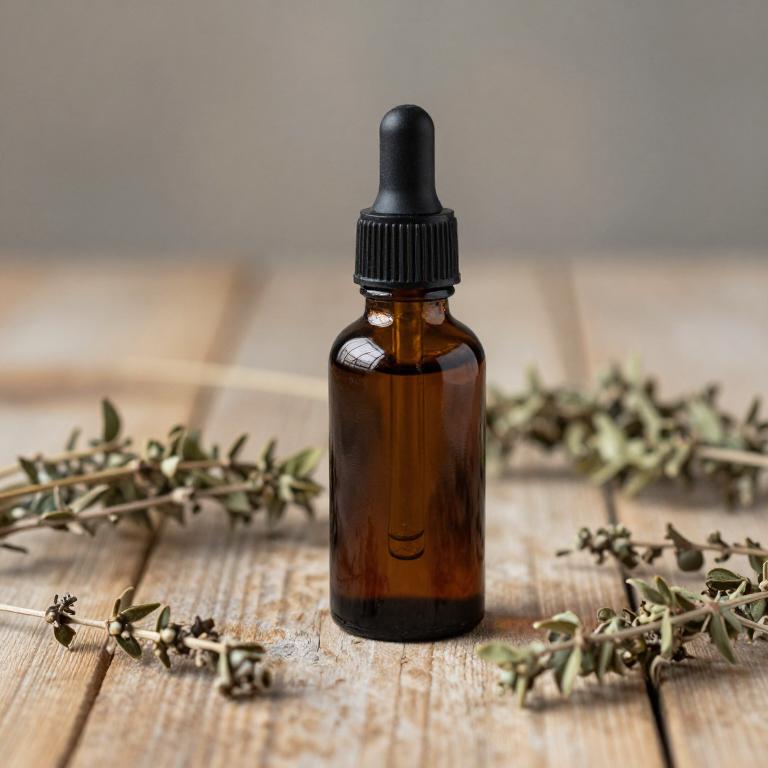
Salvia officinalis, commonly known as sage, has been traditionally used in herbal medicine for its potential therapeutic effects on nerve pain.
Tinctures made from the leaves of this plant are often prepared using alcohol as a solvent to extract its active compounds, such as thujone, rosmarinic acid, and flavonoids. These compounds are believed to possess anti-inflammatory, antioxidant, and analgesic properties that may help alleviate nerve-related discomfort. Some studies suggest that sage tinctures might support nerve health by reducing oxidative stress and modulating inflammatory responses.
However, while anecdotal evidence and traditional use support its use, more rigorous scientific research is needed to fully confirm its efficacy and safety for nerve pain management.
8. Nymphaea alba
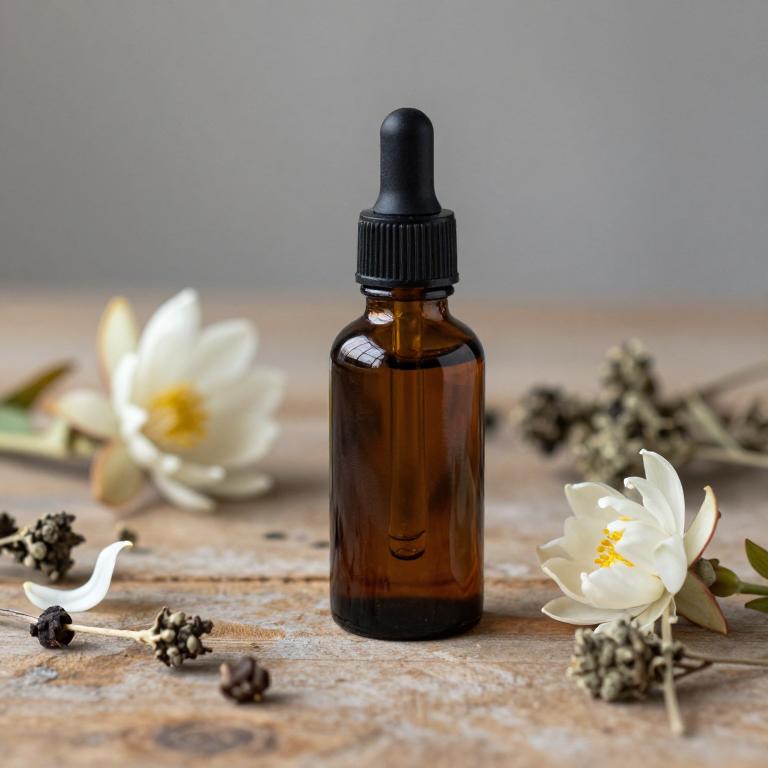
Nymphaea alba, commonly known as white water lily, has been traditionally used in herbal medicine for its soothing properties.
Its tinctures are prepared by soaking the dried plant material in alcohol to extract its active compounds, which are believed to have anti-inflammatory and analgesic effects. These tinctures are often used to alleviate nerve pain due to their potential to reduce inflammation and promote nerve health. The bioactive compounds in Nymphaea alba may support the body's natural ability to repair damaged nerves and ease discomfort.
As a complementary therapy, Nymphaea alba tinctures are increasingly being explored for their role in managing chronic nerve conditions.
9. Curcuma longa
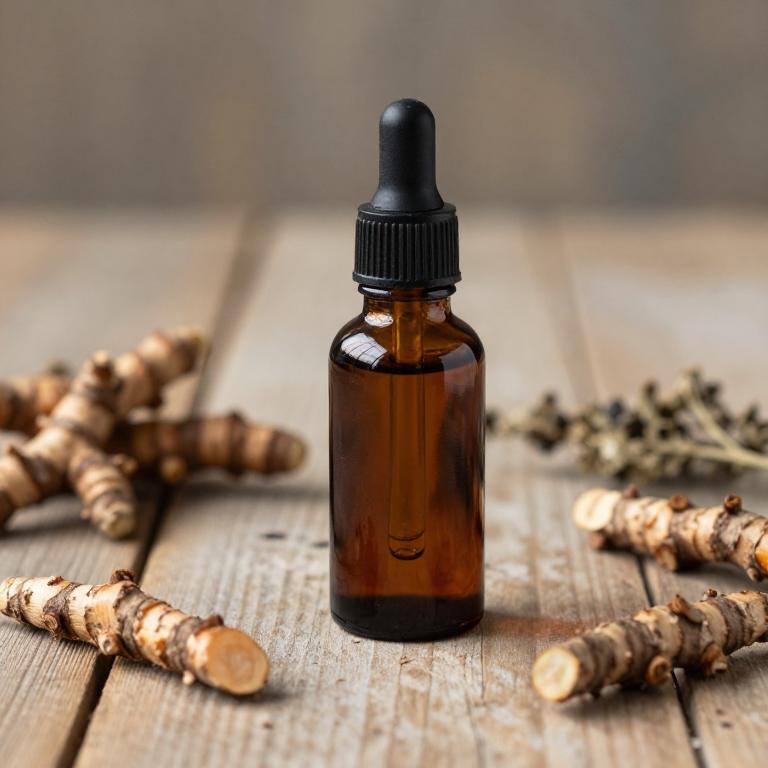
Curcuma longa, commonly known as turmeric, has been traditionally used for its anti-inflammatory and analgesic properties, making it a popular ingredient in herbal tinctures for nerve pain.
These tinctures typically contain curcumin, the active compound in turmeric, which has shown potential in reducing inflammation and oxidative stress associated with nerve damage. When used as a tincture, curcuma longa may be more easily absorbed by the body compared to oral supplements, potentially enhancing its therapeutic effects. However, it is important to note that while some studies suggest its efficacy, more research is needed to confirm its effectiveness for specific nerve pain conditions.
As with any herbal remedy, it should be used under the guidance of a healthcare professional to ensure safety and appropriateness for individual health needs.
10. Echinacea angustifolia
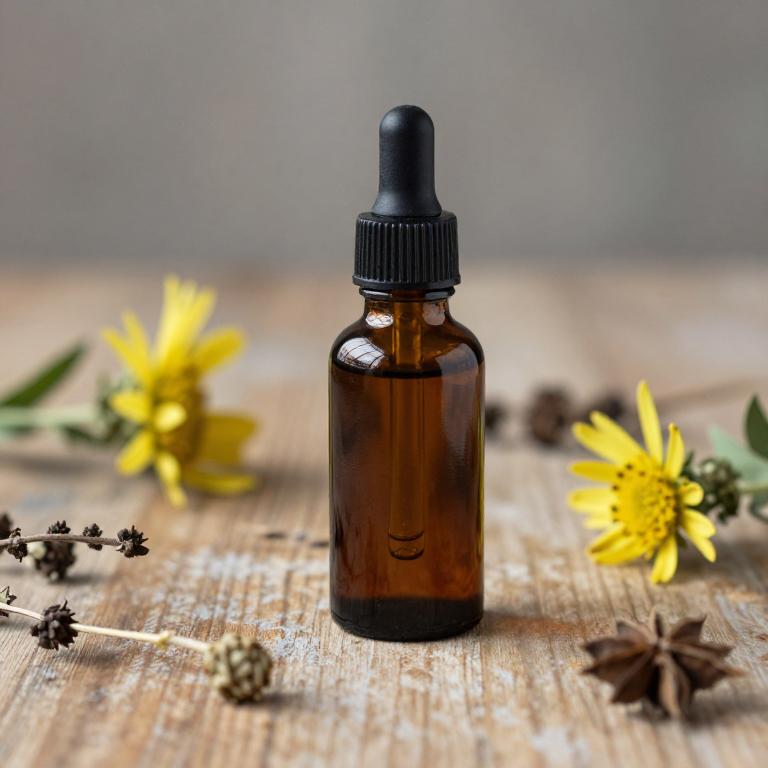
Echinacea angustifolia herbal tinctures are derived from the roots of the narrow-leaf coneflower, a plant traditionally used by Native American tribes for its medicinal properties.
These tinctures are often utilized for their potential anti-inflammatory and analgesic effects, which may help alleviate nerve pain by reducing inflammation and supporting the body's natural healing processes. While scientific research on Echinacea's efficacy for nerve pain is limited, some studies suggest it may modulate the immune system and have antioxidant properties that could contribute to pain relief. When used as part of a holistic approach, Echinacea angustifolia tinctures may offer a natural alternative for managing nerve-related discomfort, though they should not replace professional medical advice.
It is important to consult with a healthcare provider before using these tinctures, especially for individuals with chronic nerve conditions or those taking other medications.